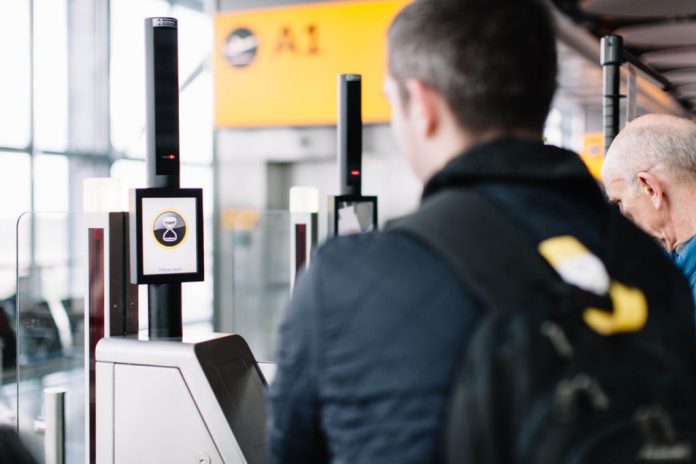The first and foremost priority of all airports is ensuring the most effective security measures are in place. With passenger growth expected to double by 2035, airports, airlines and regulators are increasingly looking at ways to support the rapidly increasing number of global travellers by ensuring a seamless travel experience and operational efficiencies, while prioritising security.
Over 150 airports have already implemented biometric identification of some sort, and this number is growing. “What’s even more interesting is that many airports are currently in the middle of transforming digitally with security being the most important area of focus within their programme,” says Cameron Mann, Global Market Director – Aviation, Smiths Detection.
According to Mann, the time has come for the industry to take security to a level where it brings together biometrics, integrated security screening technologies and artificial intelligence to deliver ‘risk based screening’ (RBS) – a data-led assessment that will allow enhanced screening for those who represent a higher risk and a more seamless journey for those passengers that represent low risk.
Indeed, RBS has been a topic of discussion within the aviation industry for a number of years. For instance, the US Transportation Security Administration (TSA) approaches RBS through Pre-Check, a security-screening programme that expedites the screening process at airports. After the passenger has qualified for Pre-Check they receive expedited screening at the checkpoint. Those passengers seen as higher risk are a subjected to higher levels of screening.
The ideal outcome would be that regulators will be able to ensure security operators spend more time with the travellers they know least about or represent the highest risk, and provide the best experience for those they know most about and are low risk. RBS also allows the system to flex and respond to dynamic threats being able to increase or streamline screening operations by individual passenger, flight or destination.
From enrolment, a passenger case would be created with biometric information (facial recognition or fingerprints) along with the Passenger Name Record (PNR) or Advance Passenger Information (API). This information could then be fused with third-party data sources including watch lists to generate a data-based ‘risk score’. Artificial intelligence and machine learning also come into play here, allowing airport authorities to have a greater understanding of a passenger’s risk level.
Smiths Detection is currently working on a Risk Based Screening solution which allows information and images captured at the point of departure to be shared across the aviation network to benefit airports, airlines and authorities not only at departure but also at transit and arrival ports, providing the best passenger experience and operationally efficient system. “To allow this sharing and to treat passengers according to their individual risk, it is essential to know who the passengers are,” explains Mann. “Identity management along the passenger journey becomes a key capability to deliver Risk Based Screening. This is where biometrics comes into the picture.” Moreover, the continuous evolution of biometric identification means that it’s now possible to integrate biometrics into more of the touch points along the journey, making the passenger experience as seamless as possible.
Mann predicts that identity management will continue to grow in importance across the passenger journey as it is a convenient way for airports, airlines and authorities to manage necessary processes that need to happen on the passenger journey. With rapid growth forecasted in the next 10 years, biometrics is expected to have far-reaching benefits, providing a smoother and less stressful experience for the passenger, while also supporting more consistent and efficient operations for airports, airlines and authorities.
Industry collaboration is once again key to achieving Risk Based Screening across the aviation network. “This collaboration ensures information is captured just once but used throughout the journey to support an improved passenger experience at point of departure, transit and arrival locations,” says Mann. “With over 150 airports having biometric identification of some sort implemented, industry collaboration is increasingly obtainable.”
When quizzed on the future of airport flow management, Mann highlighted the importance of continuing to support airports in unlocking the potential of their built environments and creating greater flows through the security screening process without sacrificing the outcome. “We have the tools to support this engagement, allowing airports to make informed decisions about their security solutions and the impact on their operations.”


























